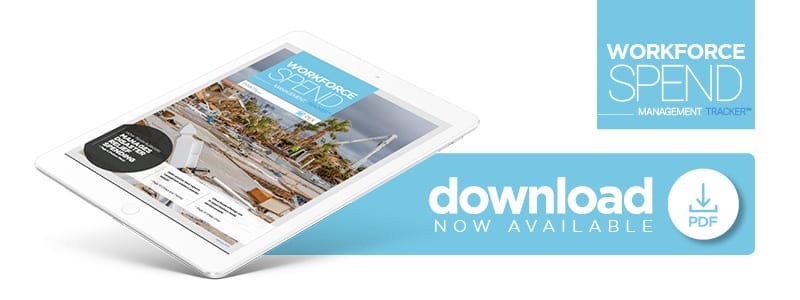Deep Dive: Mobile Expense Reporting Helps Business Travel Take Off
Pulling together business trips can be a complicated effort. These excursions involve not only extensive coordination, but require travelers to manage payments for everything from flights and hotels to daily meals.
How employers manage their workers’ travel spending can color their relationships, too. Smooth, convenient expense management solutions can boost morale and improve productivity. On the other hand, asking employees to pay out of their own pockets and wait for reimbursement, or forcing them to go through lengthy expense claim processes, can cause resentment.
Unfortunately, clunky expense reimbursement methods, like handling paper-based receipts, are all-too-common problems in business travel spending, an industry expected to reach $1.6 trillion by 2020. Such inefficient procedures waste managers’ time and provide little visibility into spending, and they can delay approvals and cause liability issues.
These problems are persistent, too. A 2018 Levvel Research survey of more than 300 North American organizations found 58 percent of respondents worked at companies that didn’t provide dedicated expense management software tools. Thirteen percent of these respondents said their companies required paper receipts to be mailed to their accounts payable (AP) departments, and that figure shot up to 24 percent when just small businesses (SMBs) were examined.
Old-fashioned business-travel spending procedures fall short of addressing several key challenges. They are ineffective at expediting claims and reimbursement processes, reducing opportunities for human error, and garnering data insights about expense approvals and efficiencies. More companies are turning away from these manual procedures, and instead prioritizing automated, mobile solutions for submitting and approving corporate travel spending.
Automation for Speed and Accuracy
Many modern companies still rely on manual processes, such as employees mailing receipts to managers, who then physically enter them into Excel spreadsheets. These actions can create hefty workloads for managers and AP departments, which must then decipher receipts and enter hundreds of employees’ details. Such manual procedures also increase human error risks, and can enable dishonest or imprecise employees to pad expenses.
A 2016 KDS survey of 1,200 U.S. and U.K. respondents found 41 percent of business travelers used spreadsheets to submit expenses, and 47 percent of those said doing so took between 30 minutes and an hour per travel event. The study also found that companies can incur extra costs through manual expense logging. Approximately 23 percent of employees said they regularly round up the number of miles traveled on business excursions by one to 10 miles per trip. While employees may believe their imprecise tallies will not affect companies’ budgets, the costs can pile up if many workers engage in this practice.
Companies are well aware of these issues, too. Levvel found 62 percent identified “manual entry and routing of expense reports” as among their top travel and expense pain points.
Digital expense-reporting solutions can help, however. They typically include mobile tools that enable employees to snap photos of their receipts, and upload them on the go during their trips. Many solutions also allow managers to remotely view and approve expenses from their tablets or smartphones, streamlining the approval process. Automation can be used to directly deposit funds into employees’ accounts for out-of-pocket purchases, and to track reimbursements.
Visibility for Insights
Using expense management software solutions doesn’t just speed up claims and approvals, but helps companies net deeper data insights into business travel spending. This can help companies generate baseline estimates of their typical daily business expenses, allowing them to more precisely budget and isolate inefficiencies. It also allows them to compare employees’ purchases to each firm’s average travel expenses, then determine whether the amounts are reasonable.
Companies that integrate their expense systems with other applications can obtain additional data about purchases as well, giving them more information to evaluate whether certain expenses should be approved. Many value this richer insight. Levvel said a full 42 percent complained about a lack of visibility into travel spending and data, making it the second-most-cited travel and expense pain point.
Corporate travel is an integral part of modern business in today’s nationally and globally interconnected economy. Smoother payments and reimbursements make for happier employees when the time comes for them to take business trips.
Cloud-based expense management software that is accessible by mobile devices is becoming increasingly sought after to provide on-the-go support and fast processing. Such digital solutions aim to remove friction from business travel while providing budgeting insights — all to keep operations running smoothly, and employers’ and employees’ spirits flying high.
